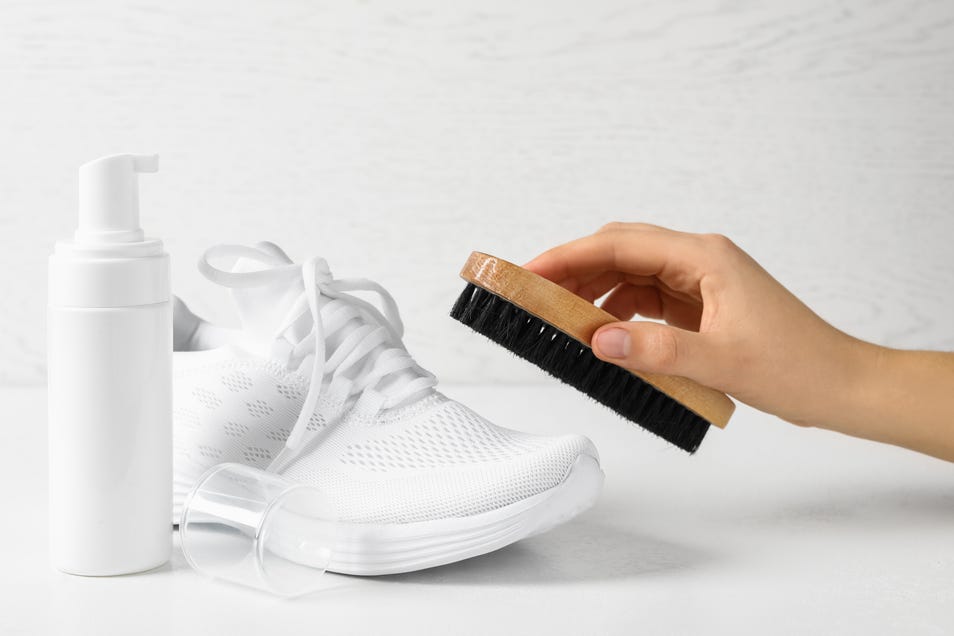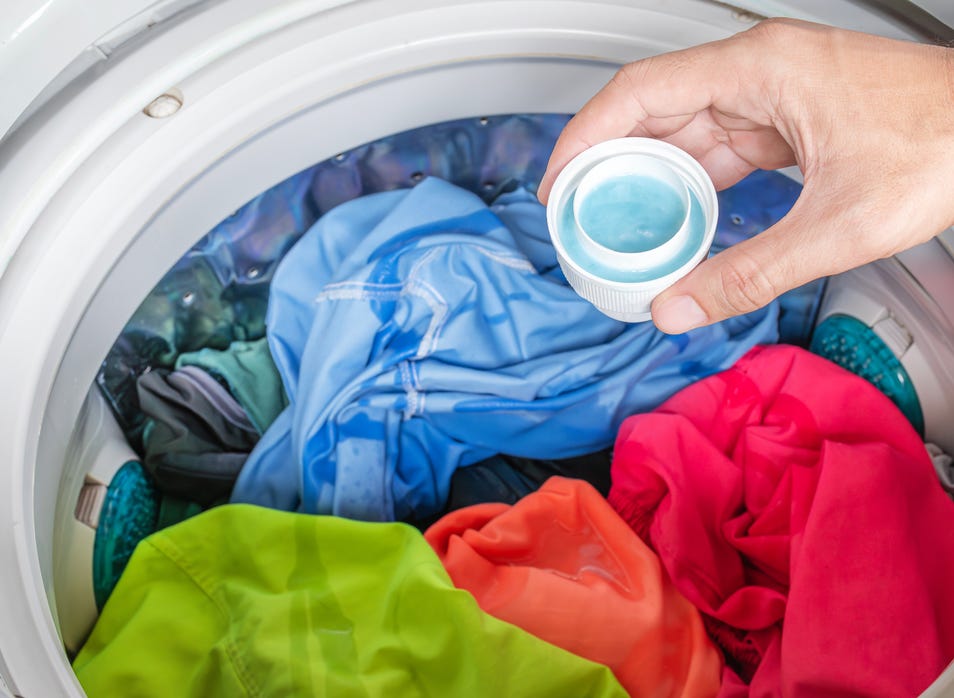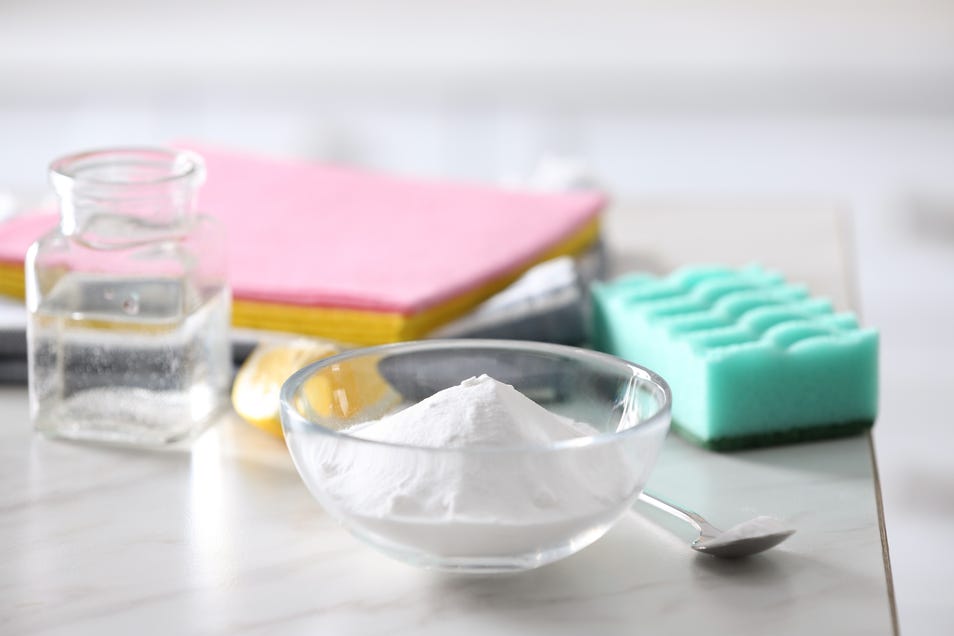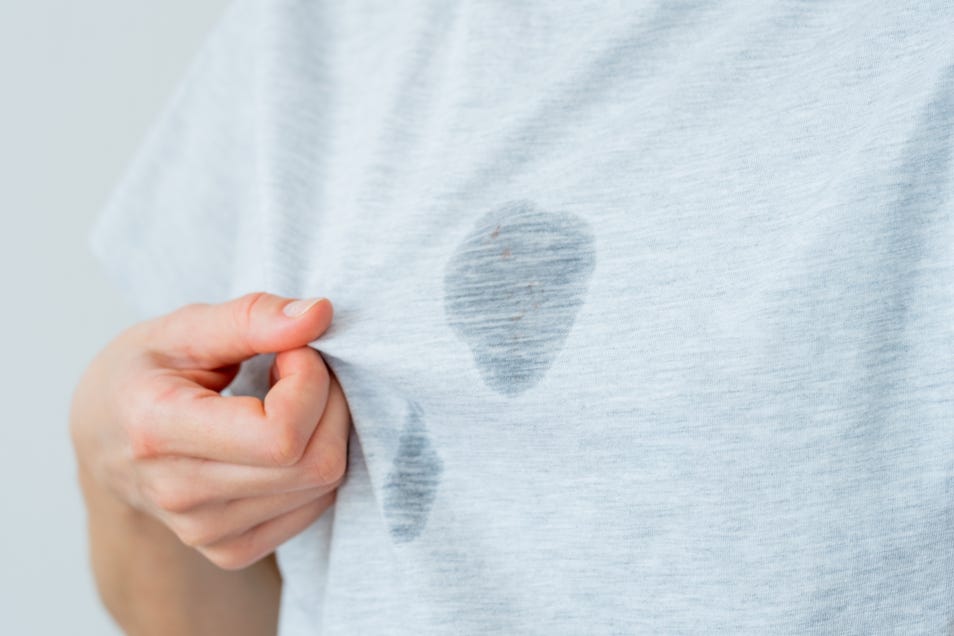How to Use Cloth Softener for Soft and Fresh Clothes
There's nothing quite like the feeling of wearing soft, fresh-smelling clothes. Whether it's a cosy jumper, crisp bed sheets, or a fluffy towel, the secret to maintaining their softness lies in using a cloth softener. Not only does it make fabrics feel smoother, but it also helps reduce static, prevents wrinkles, and leaves clothes smelling wonderful.
If you're wondering how to use clothes fabric softener effectively, you're in the right place. In this guide, we'll explore everything you need to know about fabric softener clothes, including when to use it, how much to add, and how to choose the best fabric conditioner for different types of clothing—including fabric softener for infant clothes.
What is Cloth Softener and How Does It Work?
A cloth softener is a liquid solution that coats fabric fibres to make them feel softer and smoother. It works by reducing friction between fibres, preventing clothes from becoming rough and stiff after washing. It also helps reduce static cling, making laundry easier to manage.
When used correctly, the best fabric conditioner can:
- Keep clothes feeling soft
- Reduce static electricity
- Make ironing easier
- Give clothes a fresh and long-lasting fragrance
- Extend fabric lifespan by reducing wear and tear
However, using too much or applying it incorrectly can lead to residue build-up, reducing absorbency in towels and certain fabrics. That's why it's important to follow the right steps when using clothes fabric softener.
When and How to Use Fabric Softener Clothes Correctly
To get the best results, knowing when and how to use fabric softener clothes is crucial. Here's a step-by-step guide to ensure your clothes come out soft and fresh every time.
When to Add Fabric Softener in the Washing Cycle
- Fabric softeners should be added during the rinse cycle, not the wash cycle.
- If added too early, the detergent can wash it away before it works its magic.
- Many washing machines have a fabric softener compartment that automatically releases it at the right time.
How to Use Cloth Softener in the Washing Machine
- Check the Care Label: Always read clothing labels to see if the fabric is suitable for softener use. Some moisture-wicking or absorbent fabrics, like towels and sportswear, may not need it.
- Use the Right Amount: Measure the recommended dose as per the packaging instructions. Avoid overpouring, as too much cloth softener can leave a residue.
- Pour Into the Right Compartment: Most washing machines have a specific drawer for fabric softener clothes. If your machine doesn’t, dilute the softener with water and add it during the final rinse cycle.
- Avoid Direct Contact with Clothes: Fabric softener should always be diluted before use. Pouring it directly onto clothes can lead to staining.
Choosing the Best Fabric Conditioner for Different Types of Clothing
Not all fabric softener clothes products are the same. Some are specially designed for delicate fabrics, while others focus on long-lasting fragrance or extra softness. Here’s how to choose the best fabric conditioner for different types of clothing:
Cotton and Everyday Wear
- Cotton clothing benefits the most from a cloth softener, as it helps maintain the fabric’s softness and shape.
- Use a mild best fabric conditioner to keep shirts, dresses, and trousers fresh and static-free.
Towels and Bed Linens
- While clothes fabric softener can make towels feel extra soft, it can also reduce their absorbency over time.
- Use softener sparingly when washing towels and occasionally skip it to maintain fluffiness without losing absorbency.
Delicate Fabrics (Silk, Wool, and Lace)
- Some deicate fabrics can become weighed down by clothes fabric softeners.
- Always check the care label and opt for the best fabric conditioner specifically designed for delicate materials.
Sportswear and Synthetic Fabrics
- Performance fabrics (such as those used in gym clothes) are designed to wick away moisture.
- Avoid using fabric softener clothes on these materials, as it can reduce their breathability and moisture-wicking properties.
Fabric Softener for Infant Clothes
- Babies have sensitive skin, so choosing a fabric softener for infant clothes that is hypoallergenic and free from harsh chemicals is essential.
- Look for softeners that are dermatologist-tested, fragrance-free, and safe for delicate baby fabrics.
- Always rinse baby clothes thoroughly to remove any product residue.
Common Mistakes to Avoid When Using Cloth Softener
Even though using a cloth softener is simple, many people make small mistakes that can affect its performance. Here are some common mistakes to avoid:
- Adding Too Much Softener: Using more than the recommended amount can leave a residue on clothes, making them feel greasy or stiff.
- Pouring Softener Directly on Clothes: Fabric softener should always be diluted to prevent staining or uneven distribution.
- Using It on the Wrong Fabrics: Not all fabrics need a softener. Avoid using it on moisture-wicking fabrics, microfibre towels, or flame-resistant children's sleepwear.
- Not Cleaning the Washing Machine Regularly: Residue from fabric softeners can build up inside the washing machine. Regularly clean the detergent drawer and drum to prevent clogs and odours.
Enjoy Soft, Fresh Clothes with the Right Cloth Softener Routine
Using a cloth softener correctly can make a world of difference in how your clothes feel and smell. Whether you're looking for the best fabric conditioner for everyday wear, special care for fabric softener for infant clothes, or ways to keep towels soft without losing absorbency, the right techniques will help maintain your wardrobe's quality.
By following these simple wash care instructions, you can ensure that every wash leaves your clothes feeling smooth, fresh, and full of life. So next time you do your laundry, take an extra step to use your clothes fabric softener wisely and enjoy the results of perfectly soft and fresh clothing!





